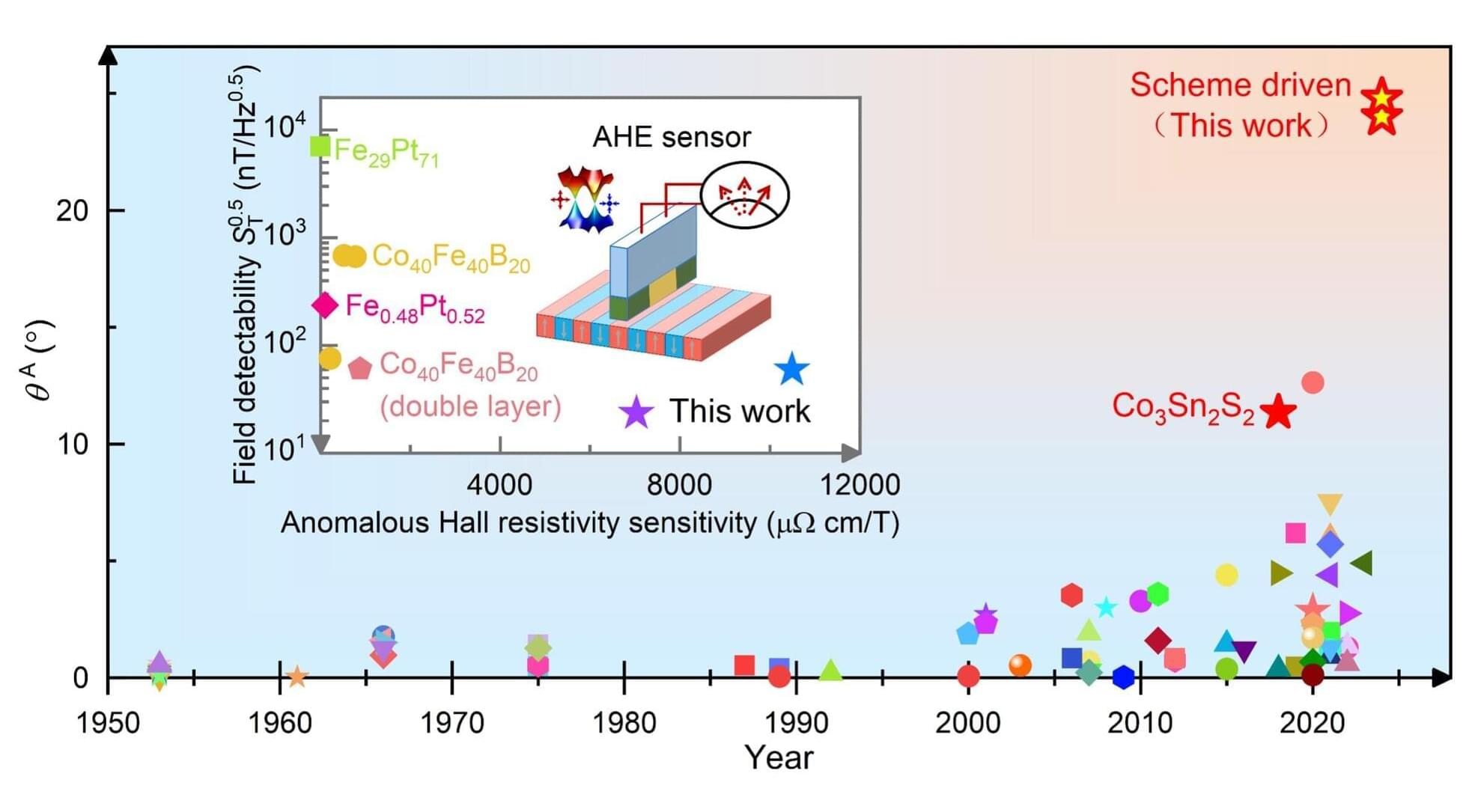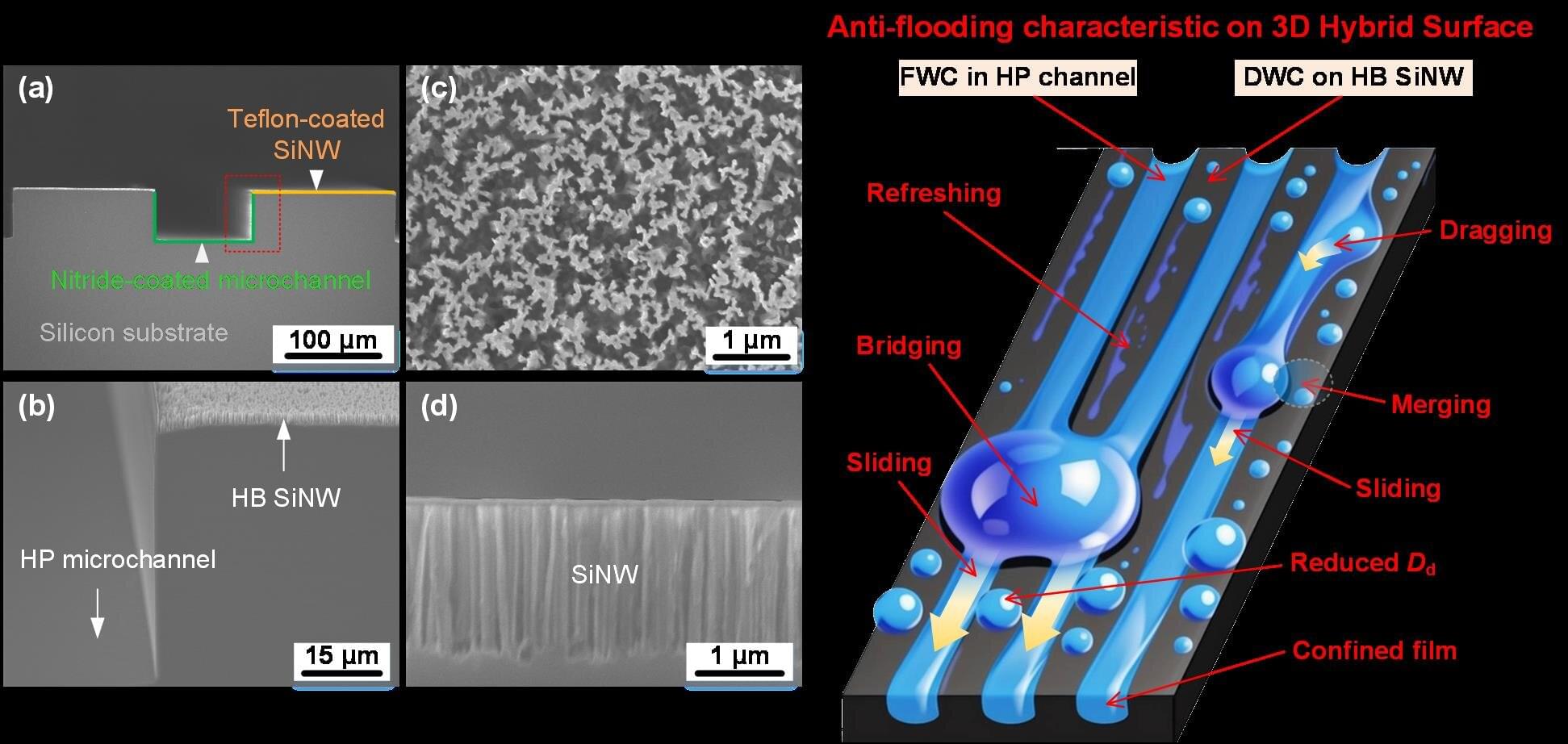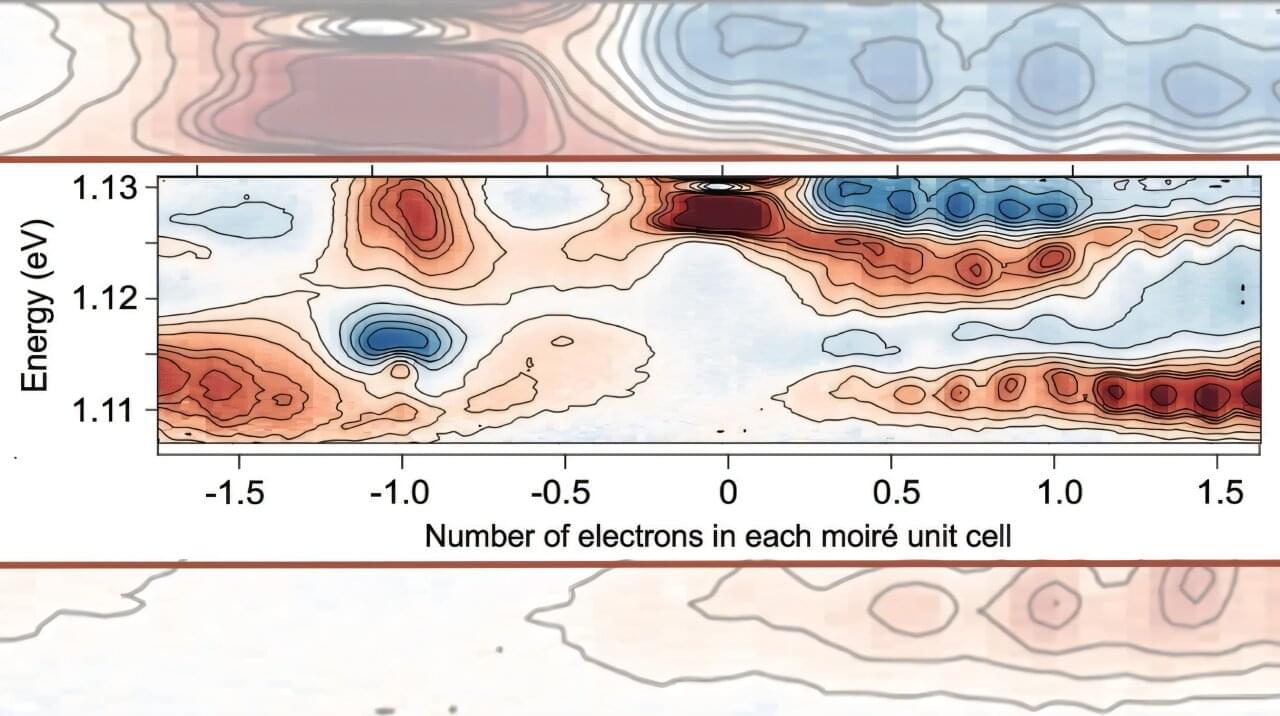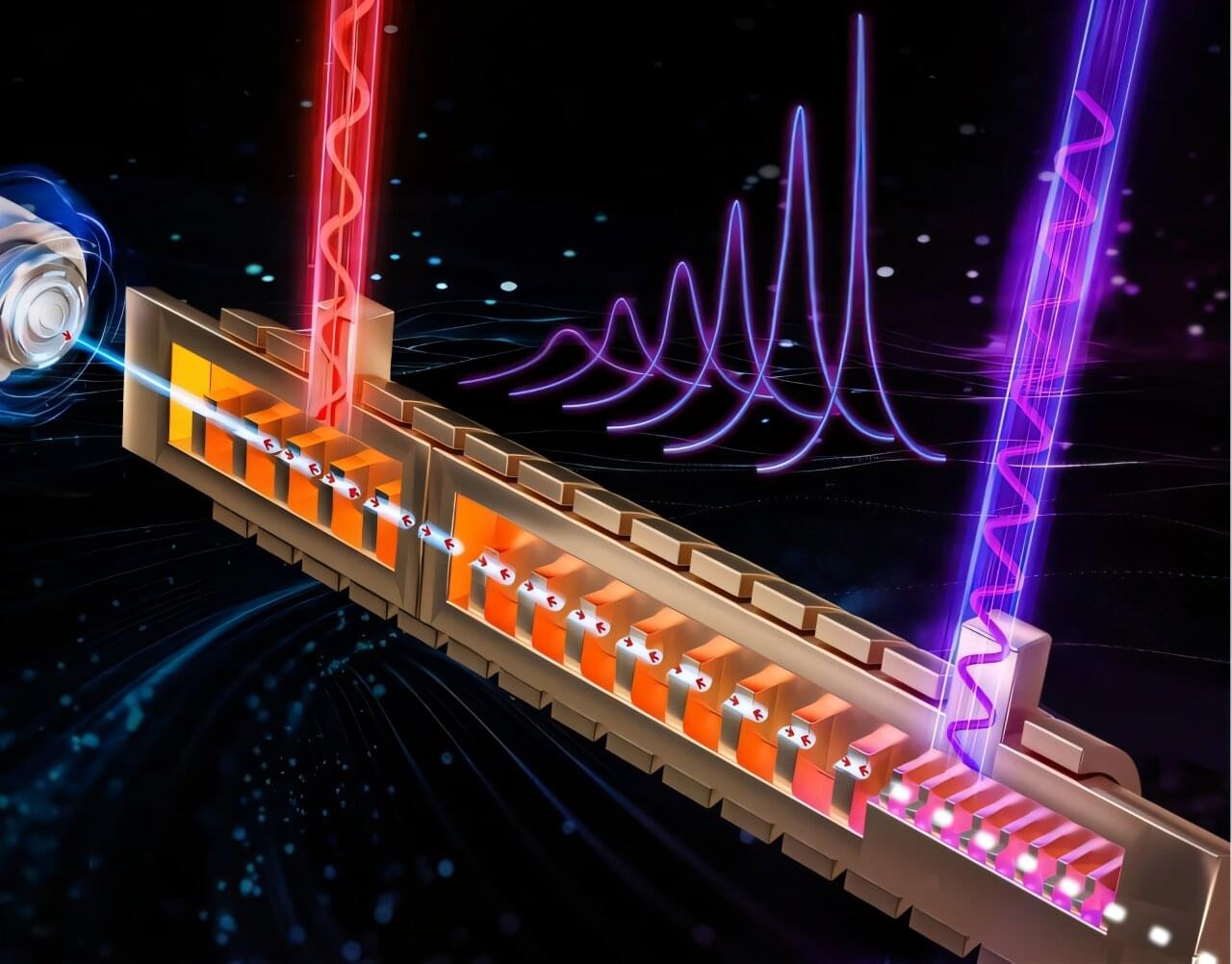A new machine learning model may help treat cancer more effectively.



In a jaw-dropping scientific development, scientists are now exploring how to teleport an entire human using quantum technology. What began as a theory in 1993 is now becoming tangible thanks to quantum teleportation, which allows the transfer of quantum states — not matter — across vast distances. Though the dream of instant human transfer remains full of challenges, the progress is real, and the implications are as exciting as they are unsettling.

Catalytic conversion of waste CO2 into value-added fuels and chemicals offers unprecedented opportunities for both environmental protection and economic development. Electrocatalytic CO2 reduction reaction (CO2RR) has garnered significant attention for its ability to efficiently convert CO2 into clean chemical energy under mild conditions. However, the relatively high energy barrier for *COOH intermediate formation often becomes the determining step in CO2RR, significantly limiting reaction efficiency.
Inspired by enzyme catalysis, a team led by Prof. Jiang Hai-Long and Prof. Jiao Long from the University of Science and Technology of China (USTC) of the Chinese Academy of Sciences (CAS) developed a novel strategy to stabilize *COOH intermediate and enhance electrochemical CO2 reduction by constructing and modulating the hydrogen-bonding microenvironment around catalytic sites. Their work is published in the Proceedings of the National Academy of Sciences.
In this work, the team co-grafted catalytically active Co(salen) units and proximal pyridyl-substituted alkyl carboxylic acids (X-PyCn) onto Hf-based MOF nanosheets (MOFNs) via a post decoration route, affording Co&X-PyCn/MOFNs (X = o, m or p representing the ortho-, meta-, or para-position of pyridine N relative to alkyl chain; n = 1 or 3 representing the carbon atom number of alkyl chains) materials.

When an electric current passes through some materials, it generates a voltage perpendicular to the direction in which the current is flowing and of an applied magnetic field. This physical phenomenon, known as the anomalous Hall effect, has been linked to the intrinsic properties of some materials.
The efficiency with which a longitudinal current drives a transverse spin-polarized current in these materials is referred to as the anomalous Hall angle (θA). In many conventional magnetic materials, this angle is typically very small, which in turn limits the sensitivity of sensors and other devices developed using these materials.
Researchers at the Chinese Academy of Sciences have introduced a new mathematical model that allows them to modulate the θA in the magnetic topological semimetal Co3Sn2S2.

Saying one thing while feeling another is part of being human, but bottling up emotions can have serious psychological consequences, such as anxiety or panic attacks. To help health care providers tell the difference, a team led by scientists at Penn State has created a stretchable, rechargeable sticker that can detect real emotions—by measuring things like skin temperature and heart rate—even when users put on a brave face.
The researchers recently unveiled the wearable patch that can simultaneously and accurately track multiple emotional signals in a study published in the journal Nano Letters.
“This is a new and improved way to understand our emotions by looking at multiple body signals at once,” said Huanyu “Larry” Cheng, the James L. Henderson, Jr. Memorial Associate Professor of Engineering Science and Mechanics at Penn State and lead author of the paper.

Condensation is critical for applications like power generation, water harvesting, and cooling systems. However, traditional surfaces suffer from a drop in performance under high subcooling, when the surface temperature is much lower than the surrounding vapor. This leads to water flooding and reduced heat transfer.
To tackle this long-standing challenge, researchers at National Taiwan University and National Chung Hsing University have developed a novel three-dimensional (3D) hybrid surface that significantly enhances condensation performance and avoids flooding, even at high subcooling. The paper is published in Small Structures.
The new surface integrates short hydrophobic nanowires and hydrophilic microchannels in a structured pattern. This combination helps guide water droplets efficiently off the surface, preventing the accumulation of water that typically hampers heat transfer.

A new study from Columbia University Mailman School of Public Health and the Columbia Butler Aging Center suggests that risk factors and biomarkers related to Alzheimer’s disease are associated with cognition much earlier in life than previously recognized. The study highlights significant associations between cognition and Alzheimer’s disease risk factors as young as ages 24 to 44 and underscores the importance of early prevention.
This is the first study to systematically examine Alzheimer’s disease risk factors, including biomarkers related to cognitive impairment in a large group of generally healthy middle-aged individuals in the U.S. The findings are published in The Lancet-Regional Health Americas.
“Previously, research on Alzheimer’s disease risk factors has focused on individuals aged 50 and older,” said Allison Aiello, Ph.D., James S. Jackson Healthy Longevity Professor of Epidemiology in the Butler Aging Center and Columbia Mailman School. “The potential impact of our findings is substantial, offering clinicians and health researchers a clearer understanding of the early emergence of Alzheimer’s disease risk factors and their association with cognition before middle age.

Despite advances in wastewater treatment, tiny plastic particles called microplastics are still slipping through, posing potential health and environmental hazards, according to new research from The University of Texas at Arlington.
Because plastic is inexpensive to produce yet lightweight and sturdy, manufacturers have found it ideal for use in nearly every consumer good, from food and beverage packaging to clothing and beauty products. The downside is that when a plastic item reaches the end of its useful life, it never truly disappears. Instead, it breaks down into smaller and smaller pieces called microplastics—particles five millimeters or less, about the width of a pencil eraser—that end up in our soil and water.
“What our systematic literature review found is that while most wastewater treatment facilities significantly reduce microplastics loads, complete removal remains unattainable with current technologies,” said Un-Jung Kim, assistant professor of Earth and environmental sciences at UT Arlington and senior author of the study published in Science of the Total Environment.

There are a seemingly endless number of quantum states that describe quantum matter and the strange phenomena that emerge when large numbers of electrons interact. For decades, many of these states have been theoretical: mathematical and computational predictions potentially hiding among real-life materials—a zoo, as many scientists are coming to refer to it, with new “species” just waiting to be discovered and described.
In a new study published on April 3 in Nature, researchers added over a dozen states to the growing quantum zoo.
“Some of these states have never been seen before,” said lead author Xiaoyang Zhu, Howard Family Professor of Nanoscience at Columbia. “And we didn’t expect to see so many either.”

Superradiant Smith-Purcell radiation (S-SPR) is a kind of free electron radiation with a train of free electron bunches passing over a periodic grating. In theory, the ultra-narrow spectral linewidth of S-SPR could be realized, which would be greatly beneficial to various applications such as imaging, sensing and communication.
However, in the free electron accelerators, customized setups and orotrons, the instability of electron kinetic energy, coulomb effect and the finite number of electron bunches worsened the radiation linewidth, and the large size of equipment limits the application scenarios.
In a new paper published in eLight, a team of scientists, led by Professor Fang Liu and Yidong Huang from the Department of Electronic Engineering, Tsinghua University, China, have developed the first compact S-SPR device with ultra-narrow and continuously tunable spectral linewidth.